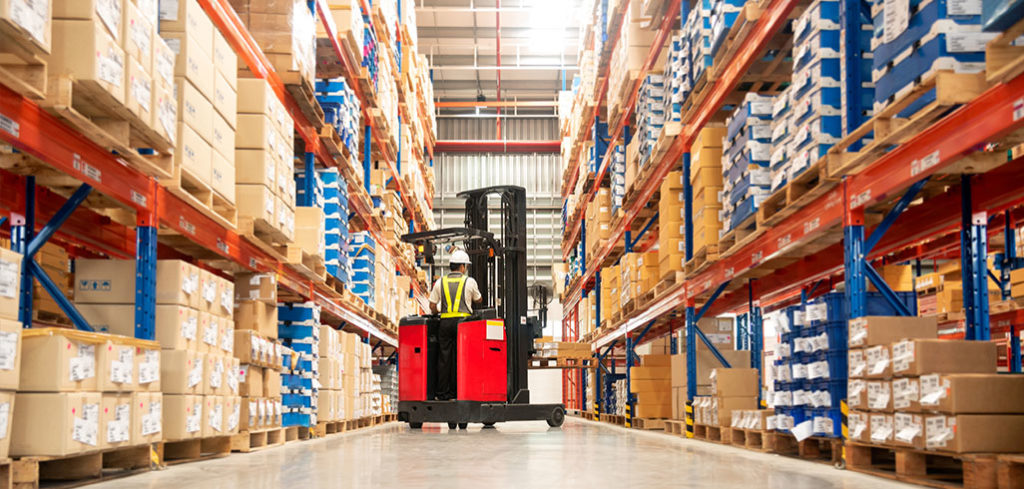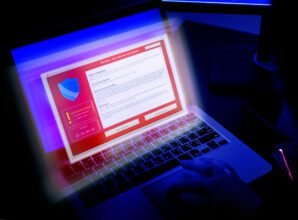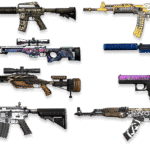Temperature Mapping Protocols and Why It’s So Important
- 1 Some pharmaceutical temperature mapping protocols
- 1.1 Given below are temperature ranges for every refrigeration category-
- 1.2 Pharmaceutical Temperature Mapping
- 1.3 How does temperature mapping help pharmaceutical facilities?
- 1.4 How often must temperature mapping take place?
- 1.5 What do the temperature mapping records show?
- 1.6 What is a Temperature Mapping Survey?
- 1.7 What are the kinds of sensors used for temperature mapping?
The biopharma industry loses millions of dollars due to failures in prompt temperature control. This brings attention to the urgent need for tools, strategies, and protocols to help with temperature monitoring. Temperature mapping protocols are essential to fulfil this need. Therefore, they enable companies to decrease revenue and product casualties while safeguarding government regulations.
Temperature mapping is essential in ensuring the safety of finished drugs and raw pharmaceutical materials. It ensures that they are free from the risk of becoming ineffective and free from harmful growth. As a result, temperature control is essential in sectors like the pharmaceutical industry, and companies are developing strategies to maintain and monitor it.
With COVID-19 flooding hospitals with infected patients during the pandemic, vaccines were one primary resort to ensure safety. However, numerous instances have resulted in the loss of multiple units of these vaccines due to poor temperature conditions during storage and transportation.
Most pharmaceutical products, similar to Covid-19 vaccines, are sensitive to numerous environmental factors, the temperature being a primary one. Therefore, any temperature alteration beyond the recommended range can lead to the pharmaceutical product losing its efficacy.
However, the need to secure a set temperature range is not just limited to storage and transportation facilities. Medical research labs for pharmaceutical products also require apt temperature tracking and mapping protocols for optimum results. Non-pharma manufacturing facilities, too, are vulnerable to uncertain temperature conditions and require temperature mapping to ensure every section of the space fulfils the product’s environmental needs.
Some pharmaceutical temperature mapping protocols
Pharmaceutical companies follow the standards for pharmaceutical agents set by the United States Pharmacopeia. These standards include all dietary supplements, prescription drugs, and over-the-counter medicines. In addition, the United States Pharmacopeia has the authority to monitor all healthcare products sold across the United States, such as medicines, medical drugs, vaccines, and equipment.
In April 2019, the United States Pharmacopeia developed a comprehensive guide for drug storage and shipping practices. This guide elaborates on methods that require medical drugs to stay within set temperature ranges.
Given below are temperature ranges for every refrigeration category-
- For Room Temperature Storage, the temperature must range between 20 to 25 degrees Celsius.
- In the case of controlled room temperature storage, the temperature must range between 20 to 25 degrees Celsius.
- For Cool storage, the temperature range must not exceed 8 to 15 degrees Celsius.
- In the case of Refrigerator storage, the temperature range must fall between 2 and 8 degrees Celsius.
- For Freezer storage, the temperature range must be between -25 to 10 degrees Celsius.
Pharmaceutical Temperature Mapping
Temperature mapping protocols are crucial to many pharmaceutical companies’ machinery and maintenance strategies. Companies must also complete temperature mapping to aid security regulatory compliance while ensuring all their sensitive assets are within the suitable temperature range.
Pharmaceutical businesses need to test their transporting vehicles, refrigerators, warehouses, and cool rooms. They must also obtain regular temperature mapping reports to prove their facilities sustain stable temperature and humidity. They need to maintain documents from their contractor for all their climate-controlled equipment.
How does temperature mapping help pharmaceutical facilities?
Temperature mappings help with finding areas with significant temperature disparities. The entire temperature mapping process is quite elaborate. It includes steps to measure the sustainability criteria of the facilities during worst-case conditions like summers and winters. Therefore, this allows the business to track how prepared its structure is to function efficiently under negative influences and harsh conditions.
These results allow the facilities to pinpoint their weak links and work on building a stronger safety net for their products and processes. Temperature mapping helps pharmaceutical facilities research, develop, and improve their overall mechanism to function better while being equipped for unforeseen circumstances.
How often must temperature mapping take place?
Temperature mapping must occur regularly. Businesses have a set schedule for their yearly temperature mapping tests. An independent agent with market experience and credentials must perform these tests. Documenting the test results for future analysis is also essential.
What do the temperature mapping records show?
Ensuring that the temperature mapping tests record humidity and temperature conditions is essential. All acquired records must show temperature and humidity readings in scenarios when the equipment is loaded and empty.
The records must also show the time it took for the temperature to rise above the standard range in cases of power failures. Moreover, temperature changes during stocking and door opening conditions must be clearly described. Temperature mapping surveys help acquire all this data in a more standardized format.
What is a Temperature Mapping Survey?
A temperature mapping survey documents the capacity of the facility or temperature-controlling equipment to maintain a uniform temperature range. It is carried out over an entire area and lasts at least 24 hours.
A temperature mapping survey begins with setting up sensors. Then, they are placed across specific locations of the facility. The sensors used for this process are different depending on the needs of the temperature mapping protocol. Position the sensors in areas instrumental in storage or near equipment containing drugs and other sensitive pharmaceutical products.
What are the kinds of sensors used for temperature mapping?
The process of temperature mapping utilizes the following types of sensors-
- Pre-calibrated for temperature monitoring.
- Temperature and humidity sensors.
- Data logging sensors for temperature and other specific parameters.
As Dickson Data suggests, temperature mapping is essential in maintaining the safety and integrity of sensitive pharmaceutical products. Data-logging sensors help achieve this goal by channelling all acquired data into documents for further analysis.
Temperature mapping must be a routine process for facilities that are part of the healthcare chain in transporting, developing, or manufacturing pharmaceuticals. Regularly following a standard temperature mapping protocol can save companies a lot of damage and add more profit and security to their outputs.

















